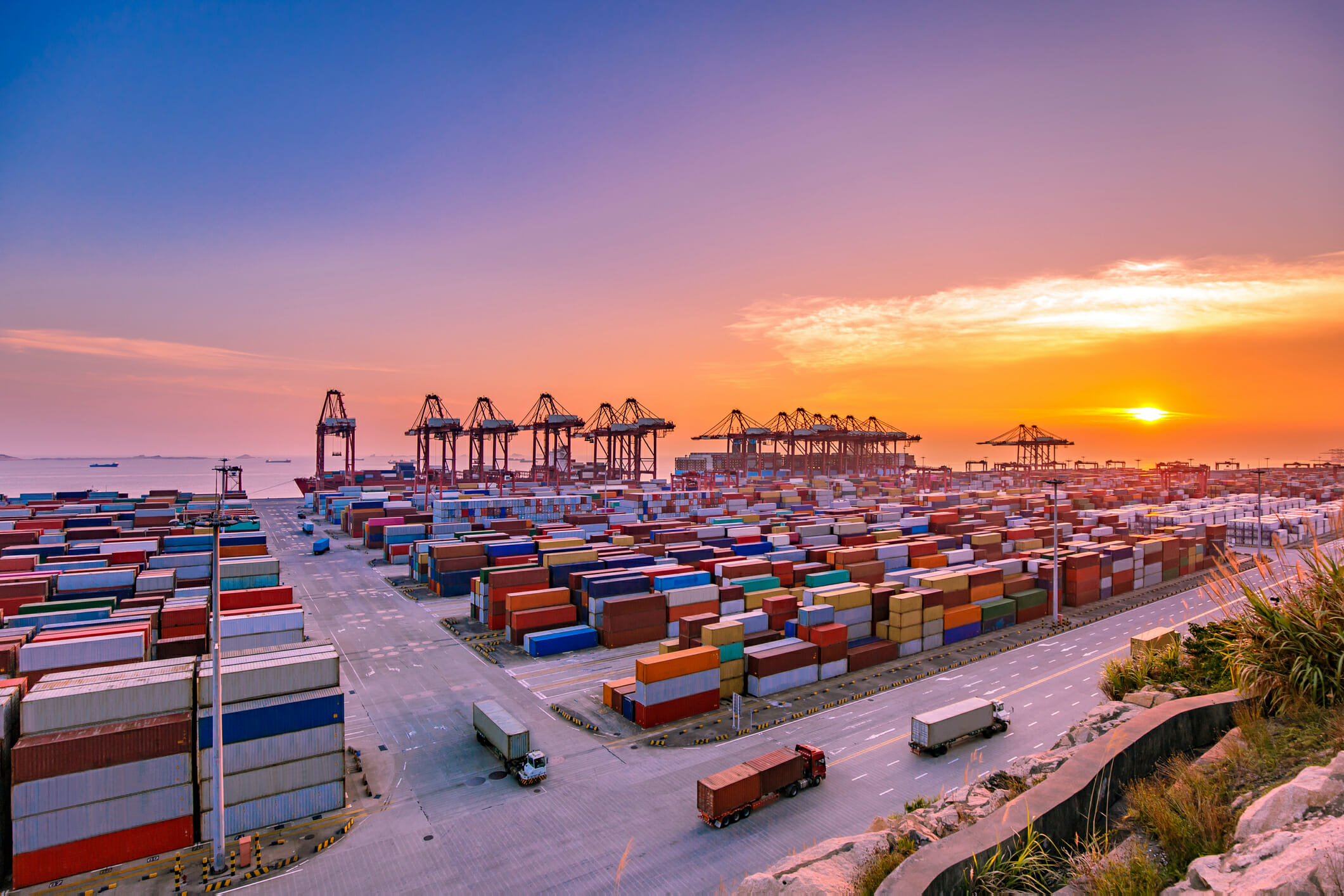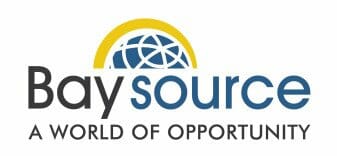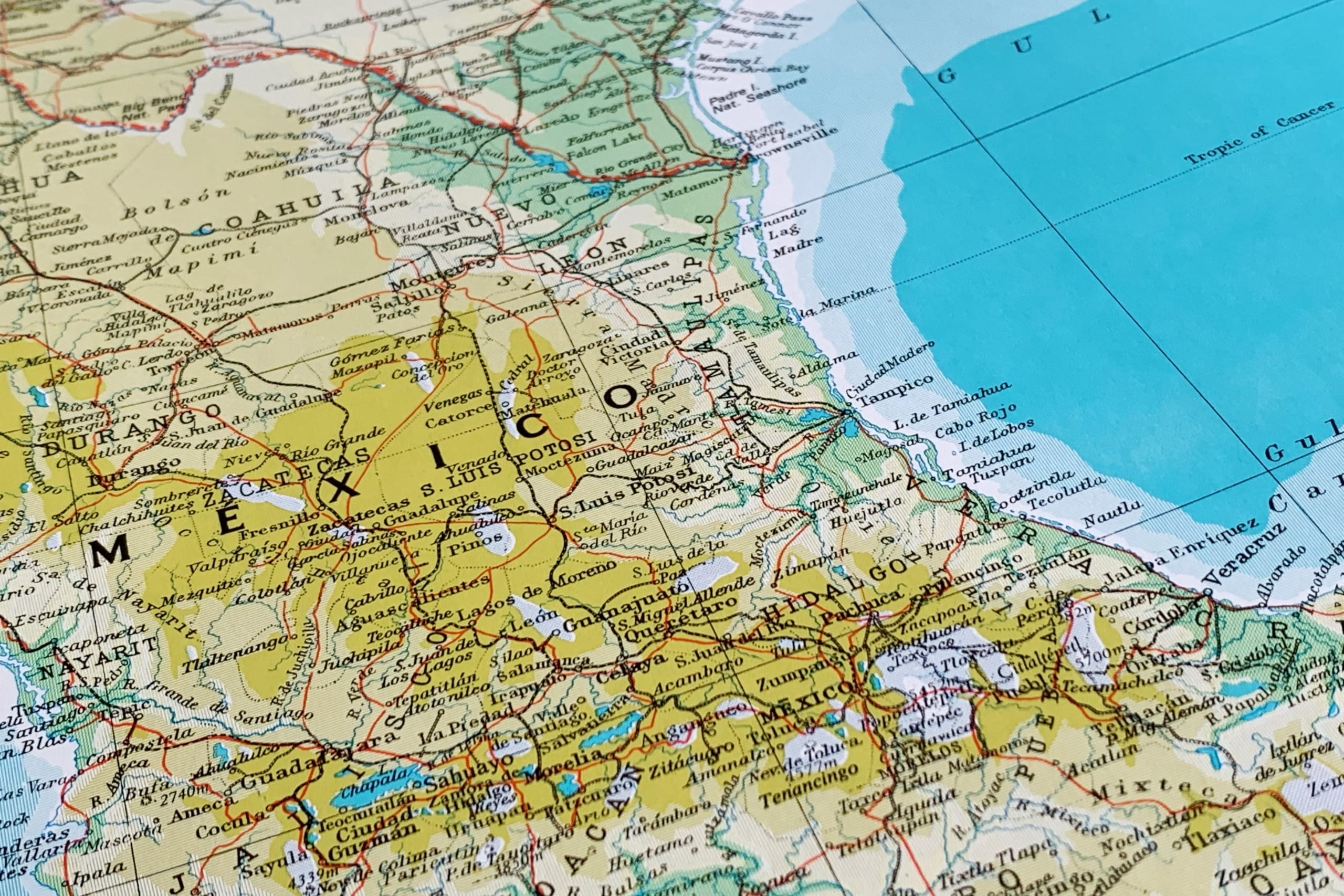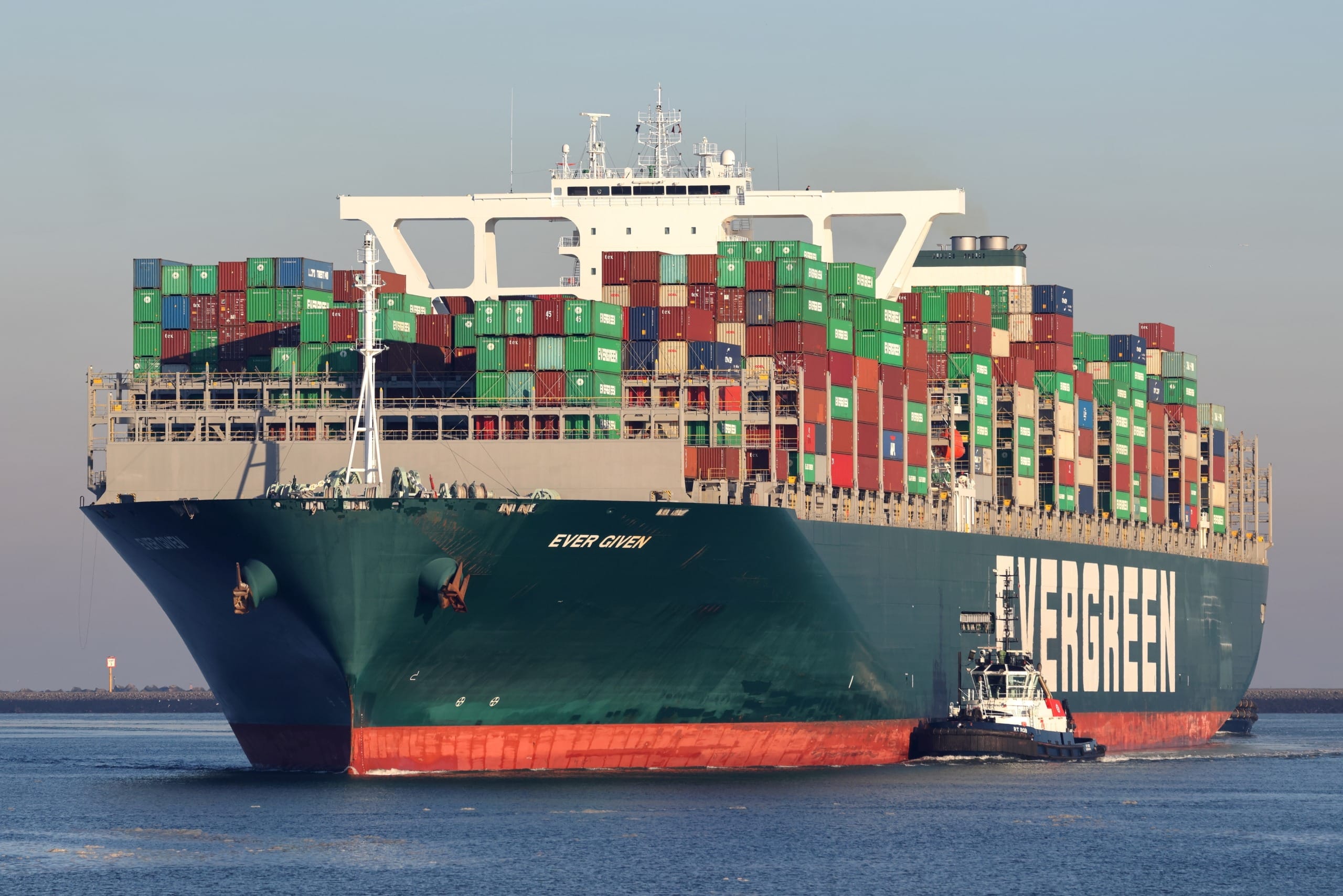
The COVID-19 pandemic has thrust global supply chains into uncertainty, forcing organizations and companies to entirely halt production. As markets reopen with the utmost emphasis on safety new supply chain planning will inherently come with risks.
Supply-side risk management principles don’t just apply to top-tier suppliers. The overall supply-chain hierarchy is interdependent and disruptions at any level can quickly impact the entire supply chain of a business.
As only time will tell how resilient the market will be new supply chain challenges will reveal themselves. Five key hurdles to look out for in supply chain planning.
1. Supply Base Resilience
While trade wars and tariffs were already impacting decisions regarding outsourcing manufacturing decisions to China, COVID-19 has uncovered weaknesses in the supply chains of many organizations. Companies must review their global supply bases to avoid the supply-side risk that limits production to one specific geographic area. As there have always been significant benefits of outsourcing to China, alternative Asia manufacturing and domestic options will now have to be explored as part of standard supply chain risk management. In the future, it will be prudent for companies to decrease their dependence on any single supplier or country
2. Inventory Management
Companies have been challenged with balancing cash flow and carrying costs for large inventories of low-value-added items. With medical products demand at an all-time high, typically inexpensive PPE items, such as face masks isolation gowns and hand sanitizers will need to be on hand and available to end-users. Look for many such products to be “re-shored” and closer to the source. Organizations must begin identifying and prioritizing which products are flagged and included in their ‘strategic goods’ portfolios to be better prepared for any subsequent influxes in the market.
3. Contract Structures
Many contracts with suppliers have included a force majeure, which accommodates all parties during unavoidable disruptions in the supply chain due to natural disasters such as hurricanes, earthquakes, and now pandemics. Look for new business disruption insurance protocols that add additional requirements for manufacturing and deepen commitments with suppliers to help mitigate any unforeseeable circumstances such as a resurgence of COVID-19. Companies will need to explore language that covers short-term modifications, rapidly-changing prices, committed volumes, and shared risks, while also ensuring supply safety and prioritization.
4. Factory Sanitization
With no cure or vaccine available in the immediate future, the reopening of factories, businesses, and markets will require a laundry list of new factors as it relates to specific aspects of manufacturing. These protocols include the factory floor, employee well-being and health, pre-shipment inspection decontamination, and the expectation of the use of face-masks, thermometers, adequate amounts of sanitizer, hand soap, and personal distancing. New procedures, additional supplies, and related variables will add additional “costs” associated with supply chain planning.
5. Preparing for the “New Normal”
Moving forward, businesses will have to radically adjust forecasts to factor in new safety-net supply stocks when preparing for the “New Normal” of both professional and consumer requirements. This shift will affect product development lead times while critical inventories are replenished. Supply chain planners will have to also identify inefficiencies and extra costs associated with maintaining excessive inventory for the indefinite future.
Resources:
https://www.bakermckenzie.com/-/media/files/insight/publications/2020/04/covid19-global-economy.pdf
https://baysourceglobal.com/the-new-normal-of-consumer-demand/
Contact Us





Follow Us